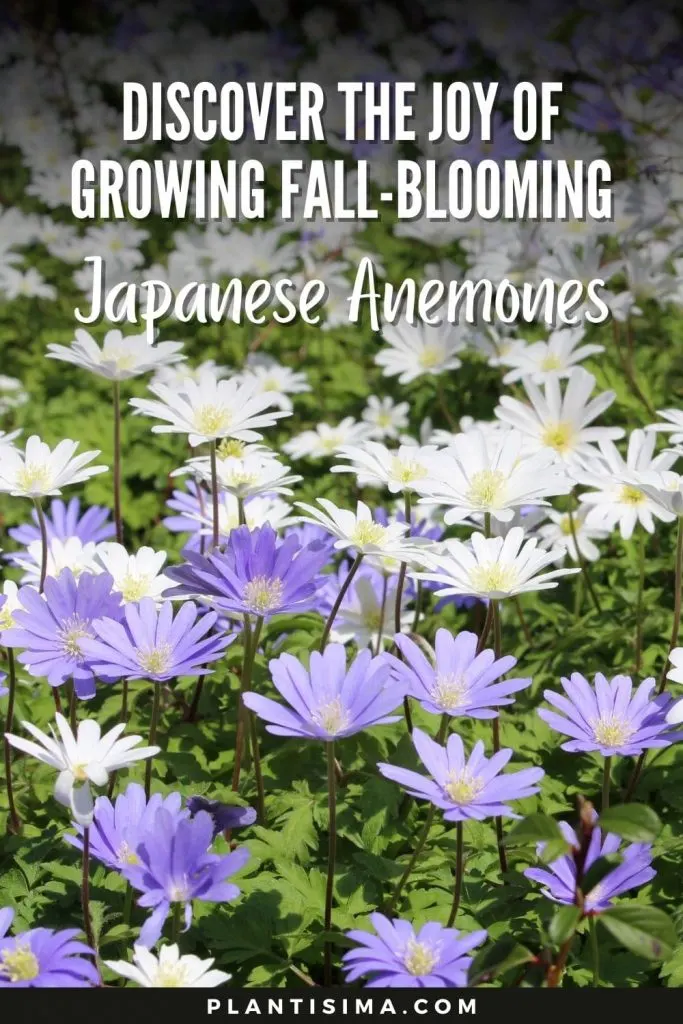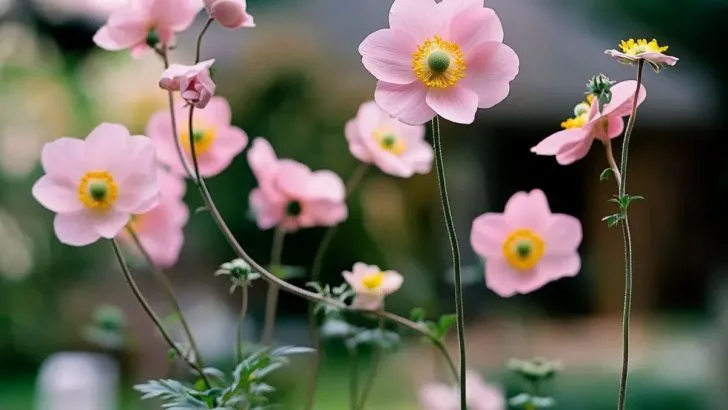Japanese anemones, often referred to as windflowers, bring an elegant touch to late-summer and fall gardens with their graceful, nodding blooms atop tall, wiry stems.
While the foliage may not steal the show, the flowers certainly do, bridging the gap in your garden when few other perennials are in bloom.
These resilient plants are available in a range of colors from soft whites to vibrant pinks, with blossoms that vary from simple single rows to intricate, frilly doubles.
Whether you’re an experienced gardener or just starting out, this guide will take you through everything you need to know to successfully grow and care for Japanese anemones, ensuring they thrive and add beauty to your garden year after year.
Anemone at a Glance
| Common Name | Japanese Anemone, Windflower |
| Plant Type | Perennial |
| Light | Part Sun to Full Sun |
| Height | 1 to 5 feet |
| Width | 1 to 3 feet |
| Flower Color | Pink, White |
| Foliage Color | Blue/Green |
| Bloom Season | Fall, Summer, Spring |
| Special Features | Cut Flowers, Container-Friendly, Low Maintenance |
| Hardiness Zones | 4-8 |
| Propagation Methods | Division, Seed |
| Problem Solvers | Deer Resistant, Groundcover |
Choosing the Right Spot for Japanese Anemones
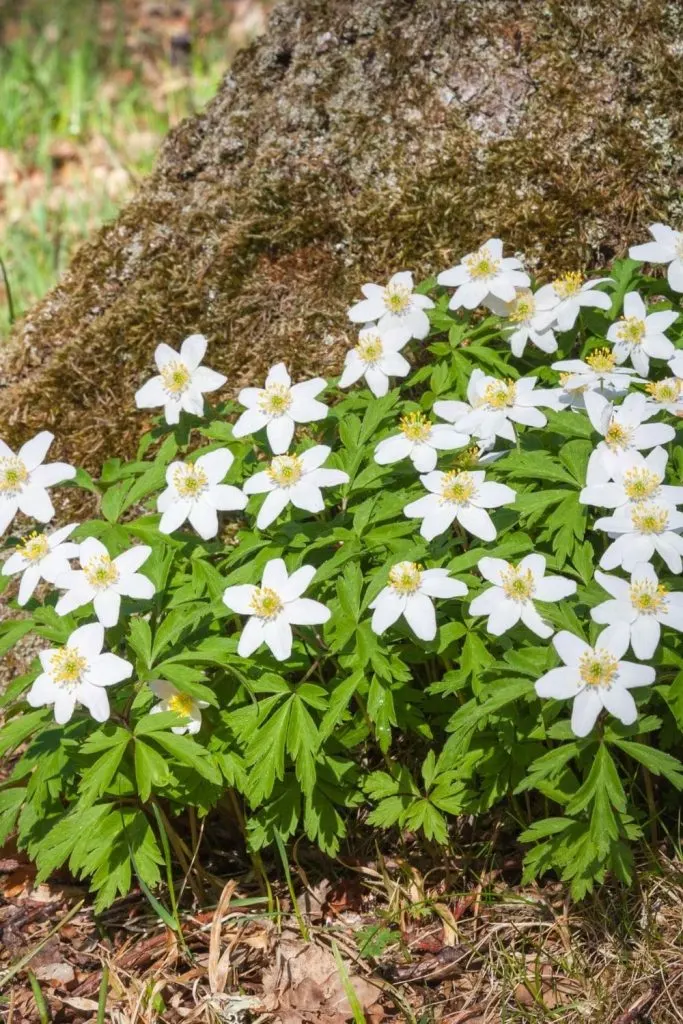
Japanese anemones flourish in areas that receive partial sunlight to partial shade, making them ideal for planting beneath trees in woodland or cottage gardens, along borders, or in naturalized areas. They aren’t overly particular about soil, but for the best bloom display, plant them in well-draining soil enriched with organic matter.
Planting Japanese Anemones: Timing and Techniques
When to Plant:
Spring and fall are the best times to plant Japanese anemones, ensuring the weather is mild and the soil is adequately moist.
How to Plant:
1. Prepare the Soil: Dig a hole twice the width and the same depth as the nursery container. Amend the soil with compost to enhance drainage and mix in organic matter like aged manure or leaf mold.
2. Planting: Carefully remove the anemone from its container and place it in the hole so it sits at the same height as it did in the container. Fill the hole with soil, pressing down gently to eliminate air pockets, and water thoroughly.
3. Spacing: If planting multiple anemones, space them 1 to 2 feet apart to allow room for growth.
Pro Tip: If you’re starting from seed, refrigerate the seeds in a moist medium for six to eight weeks before planting in prepared soil after the last frost.
Essential Care Tips for Thriving Japanese Anemones
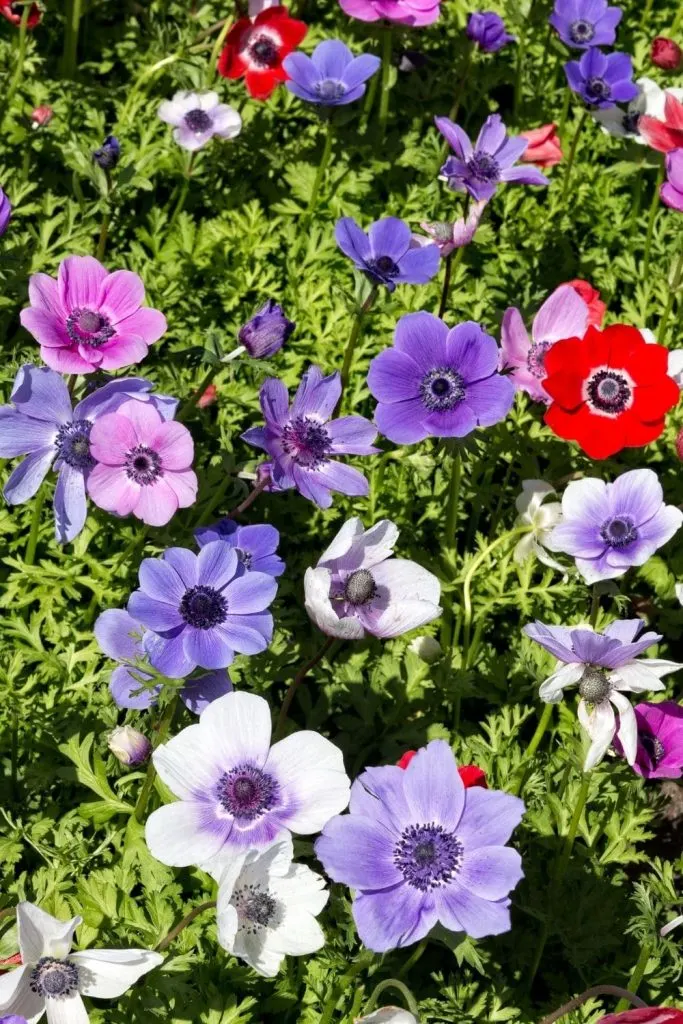
Japanese anemones are relatively low-maintenance, but a few simple care practices will ensure they flourish.
Light Requirements: These plants prefer partial sun to partial shade. Too much shade can lead to leggy growth and fewer flowers, so find a balance that protects them from harsh midday sun while still providing ample light.
Soil and Water: Well-drained, organically rich soil is key. Keep the soil consistently moist to prevent foliage from drying out or developing brown, crispy edges, particularly in warmer climates.
Temperature and Humidity: Japanese anemones thrive in temperatures between 70°F and 80°F but are hardy enough to tolerate the cooler temperatures of fall. They prefer moderate humidity levels and are well-suited to USDA zones 4-8.
Fertilization: Fertilize twice a year—once in spring and again in fall. Use organic compost or a balanced fertilizer (10-10-10) to support healthy growth.
Pruning: In the fall, deadhead the spent flowers to encourage more blooms. When overwintering in the garden, Japanese anemones will die back in cold weather. In spring, remove any old foliage before new growth begins.
Growing Japanese Anemones in Containers
Japanese anemones are well-suited to container gardening. Choose a container with good drainage, and fill it with a potting mix amended with organic material. As these plants grow quickly, you may need to repot them into larger containers more frequently.
Winter Care: In colder zones, move containers indoors to a cool, frost-free area like a garage or basement where temperatures stay above freezing.
Common Pests and Problems
Keep an eye out for pests such as caterpillars, flea beetles, and slugs. Additionally, watch for powdery mildew in shady, damp conditions. Ensure the soil drains well to prevent root rot, especially in overwatered or poorly draining areas.
Propagation Tips for Japanese Anemones
Division: The easiest and most effective method of propagating Japanese anemones is through division. In spring, dig up a mature plant and use a sharp spade to divide the root clump into several sections. Replant the divisions immediately in well-prepared, rich soil, and water thoroughly.
Seed Propagation: To grow anemones from seed, harvest seeds in the fall and store them in a plastic bag with moist peat moss in the refrigerator for six to eight weeks.
After this cold stratification period, sow the seeds in small pots or seed flats. Keep them in a warm, bright area until they germinate, which typically takes three to four weeks. Transplant the seedlings outdoors after the last spring frost.
Varieties of Japanese Anemones to Consider
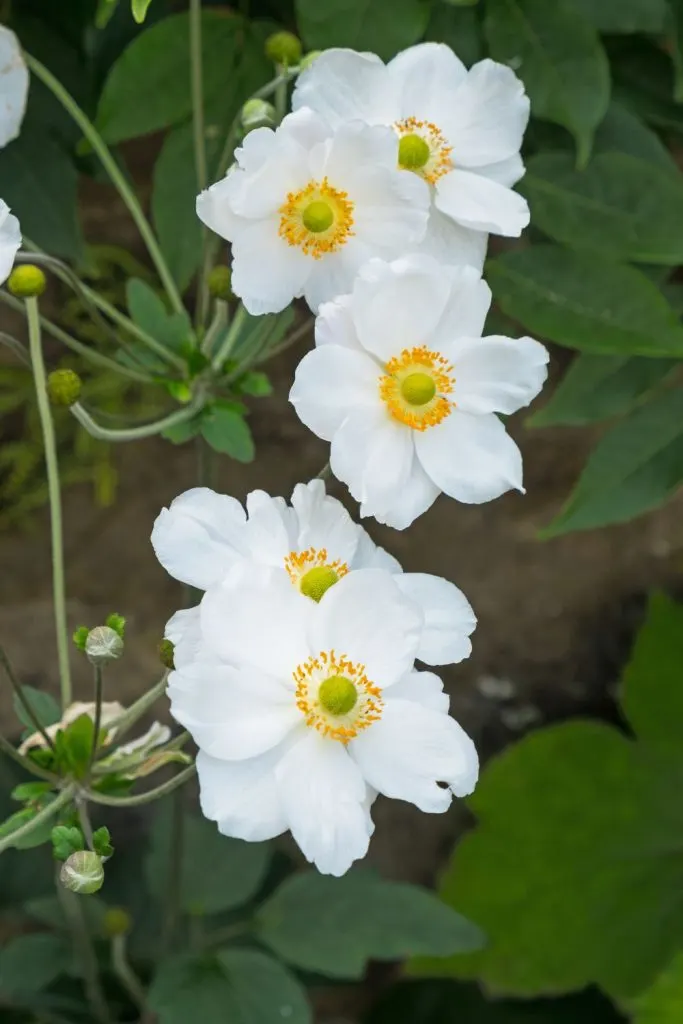
‘Honorine Jobert’: This classic variety reaches 3-4 feet in height and features stunning pure white blooms that add elegance to any garden.
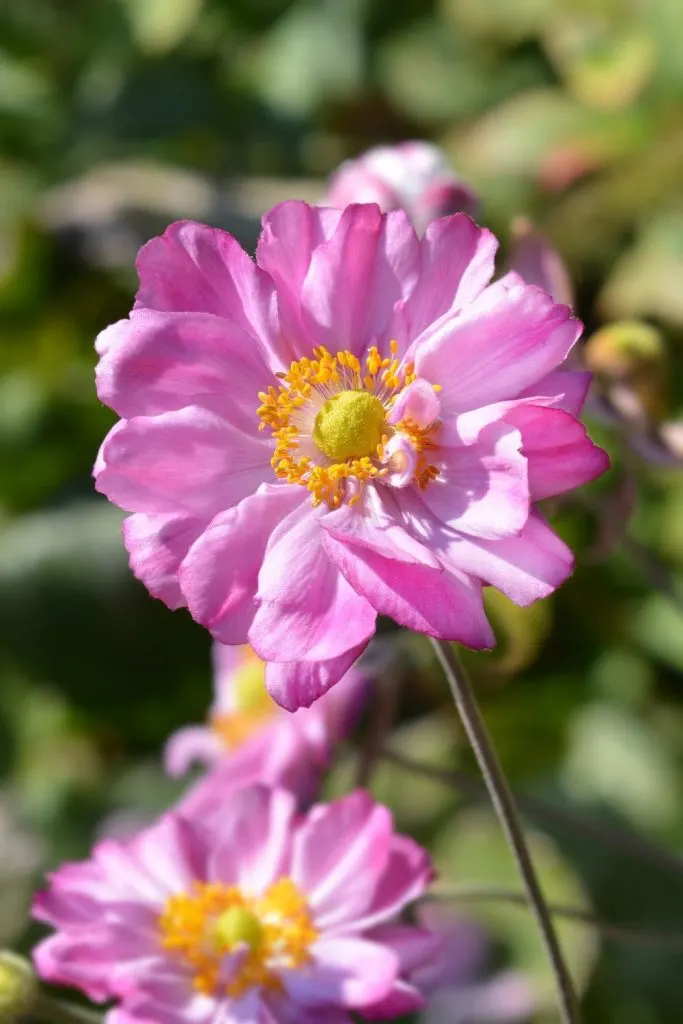
‘Queen Charlotte’: Known for its lovely semidouble mauve flowers, ‘Queen Charlotte’ grows up to 3 feet tall and is hardy in zones 4-8.
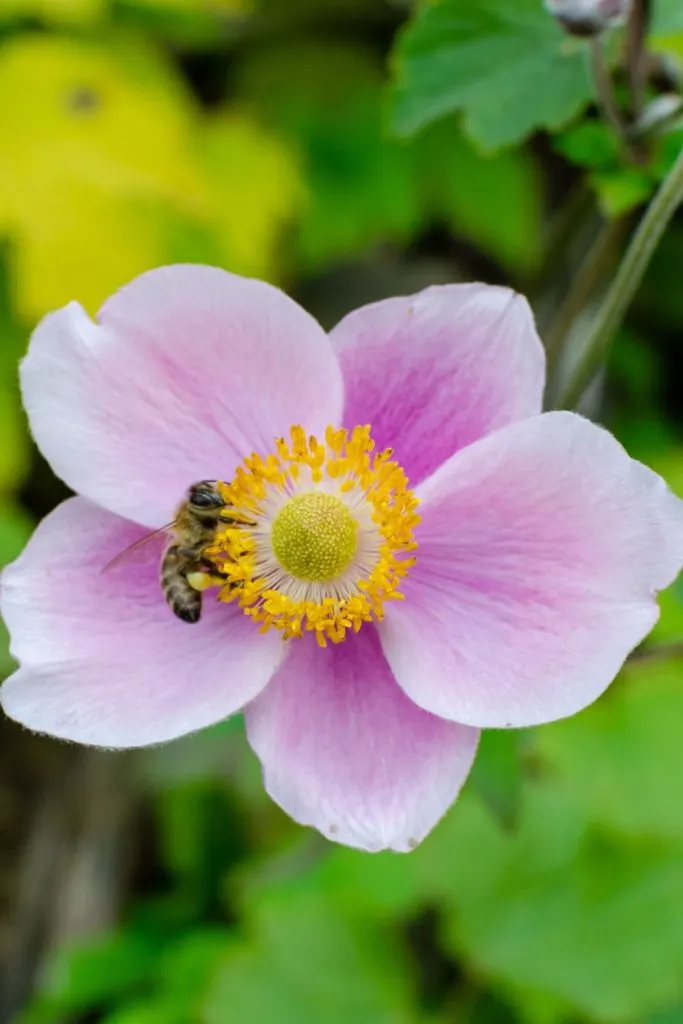
‘September Charm’: Offering single pink flowers, ‘September Charm’ brings vibrant color to the garden from late summer into fall.
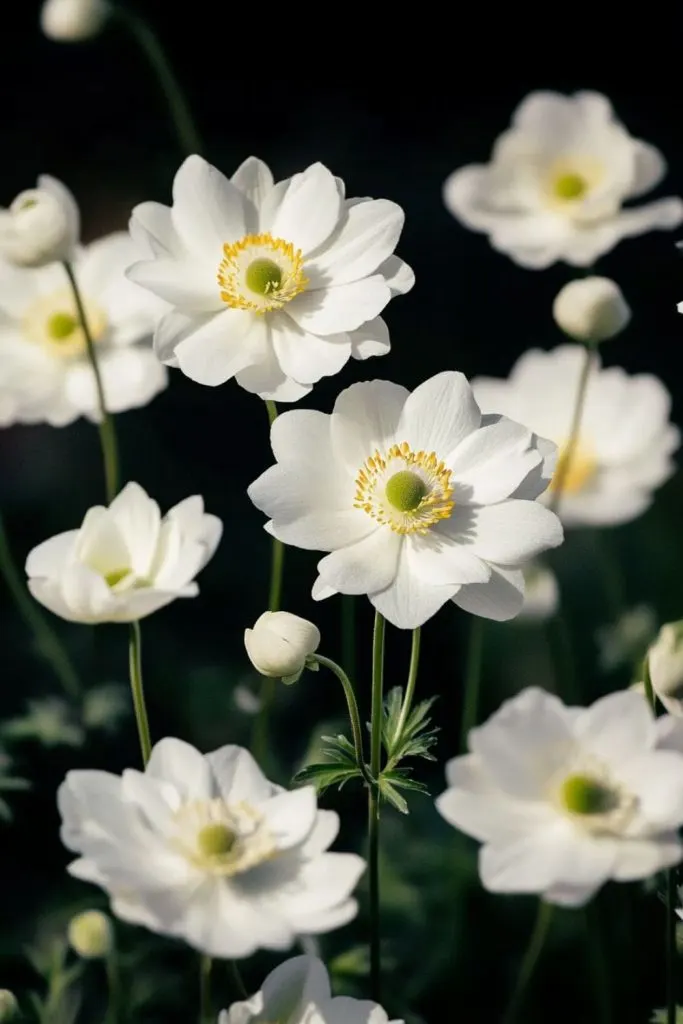
‘Whirlwind’: One of the largest hybrid anemones, ‘Whirlwind’ grows 3-5 feet tall and produces large, semidouble white flowers.
Perfect Companion Plants for Japanese Anemones
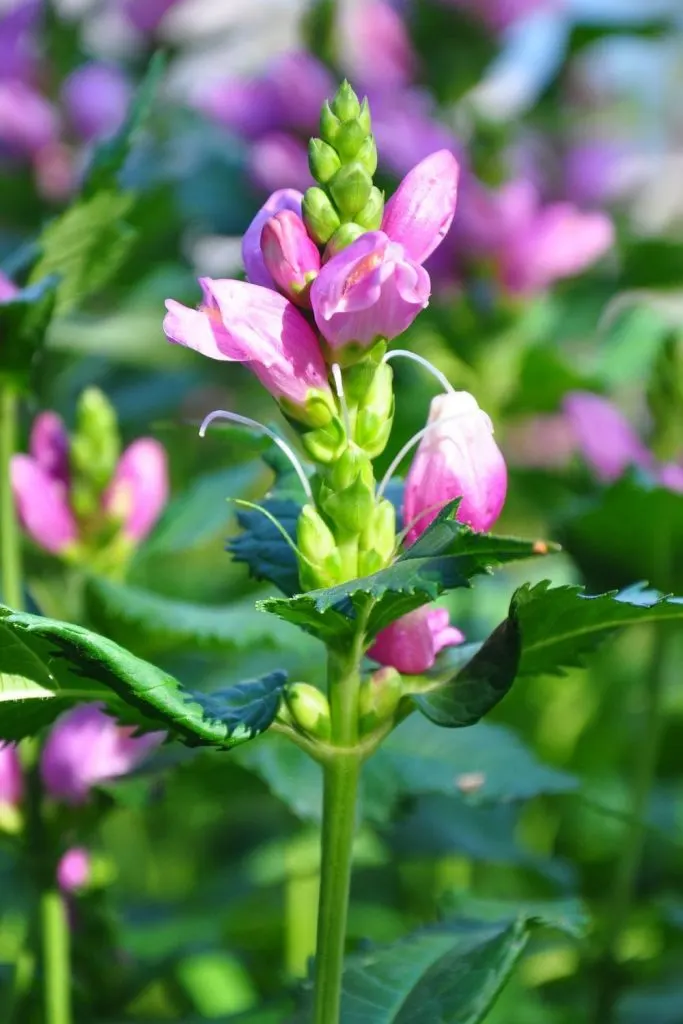
Turtlehead: With flowers that resemble snapping turtle heads, turtlehead thrives in wet soils and pairs well with Japanese anemones in partially shaded areas.
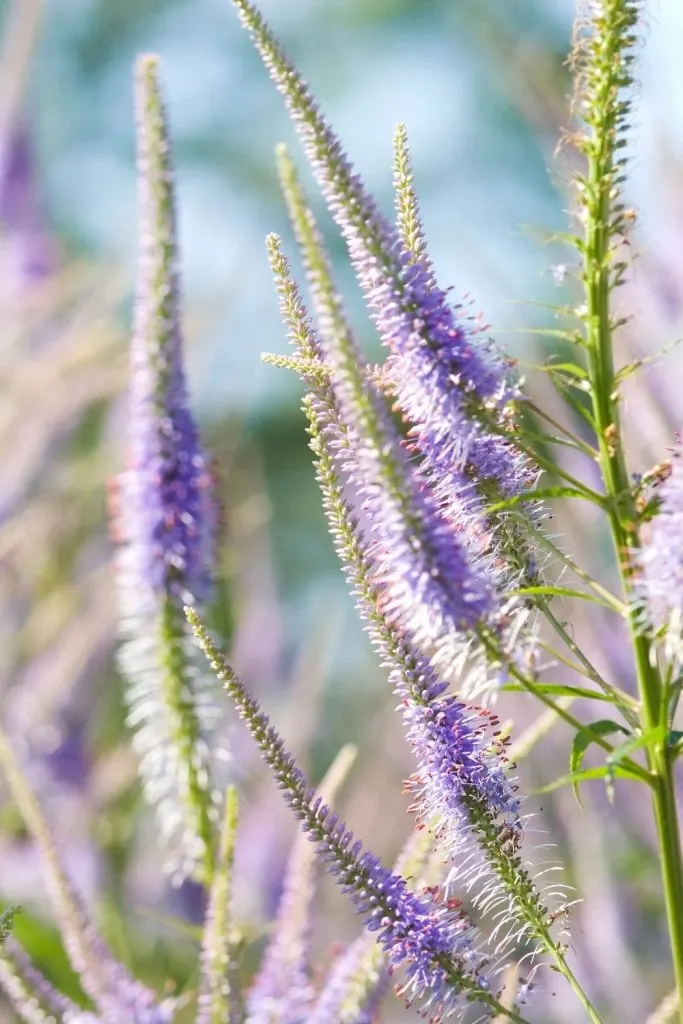
Culver’s Root: Culver’s root adds vertical interest with its tall, spiky white-blue flowers and thrives in moist, humus-rich soils, making it a striking companion for Japanese anemones.
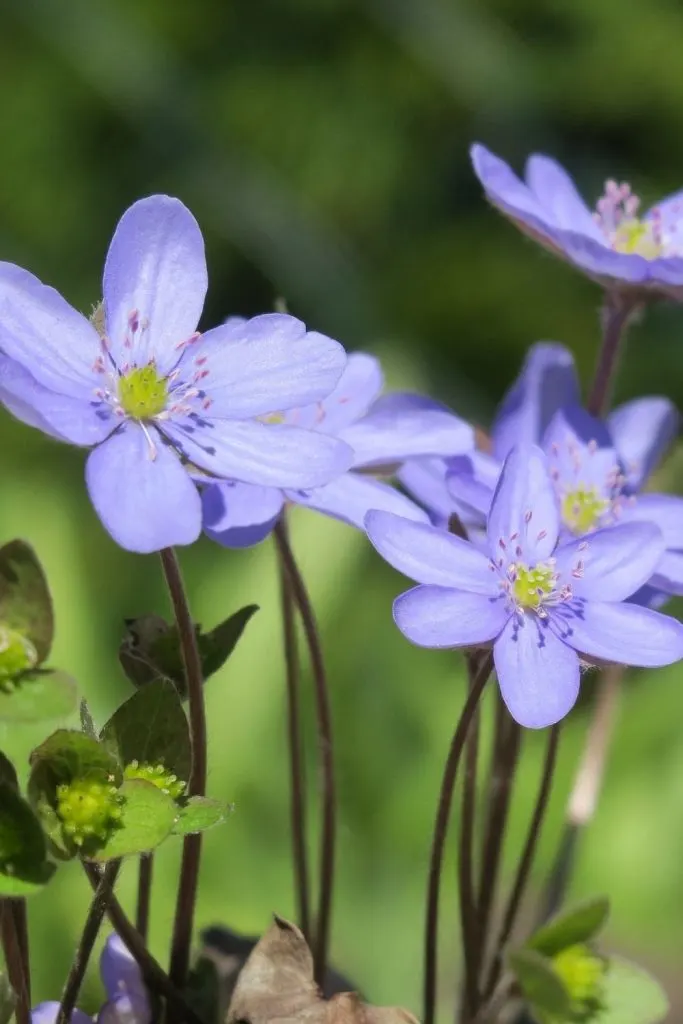
Hepatica: This charming wildflower adds early spring color with its white, lavender, purple, or pink blooms. It grows well in shady woodland gardens and pairs beautifully with Japanese anemones in the fall.
Cultivate the Elegance of Japanese Anemones
Japanese anemones are a graceful addition to any garden, offering late-season blooms that brighten up your landscape when many other plants have finished flowering.
By following these care tips and choosing the right companions, you can enjoy their beauty year after year.
Whether you’re planting them in garden beds, borders, or containers, these windflowers will bring a touch of timeless elegance to your outdoor space.
